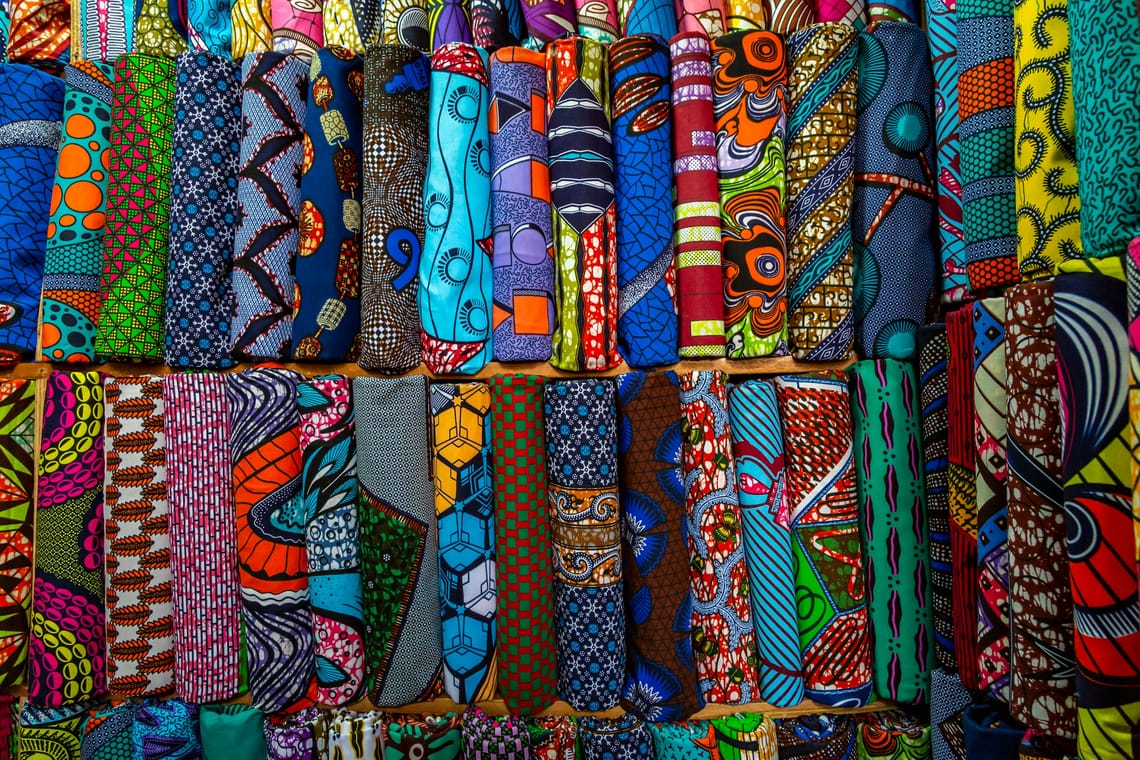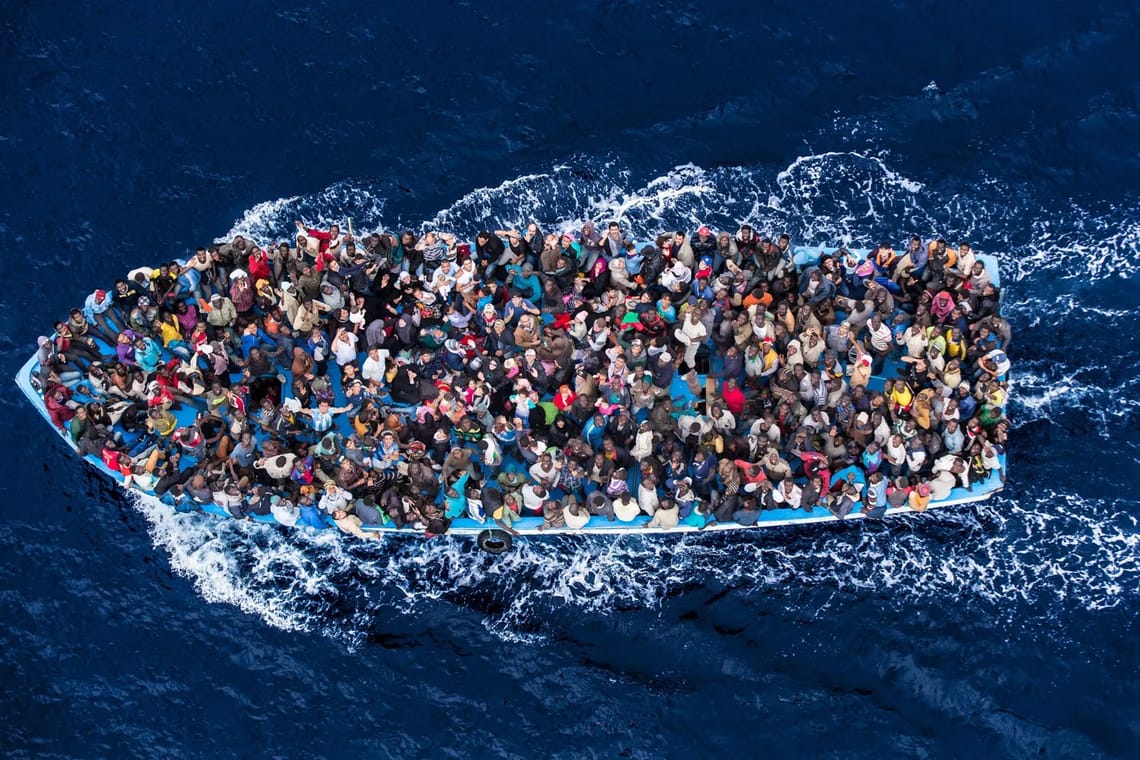The trauma of death is often overcome by mourning, whether individually or as a collective experience of grief. To mourn is to acknowledge the loss, to purge oneself of the negative effects of trauma. In African societies, mourning, always a collective rite, can go on for days, as Ghanaian scholar-musicologist J. H. Nketia attests in his classic study of this phenomenon, Funeral Dirges of the Akan People: “The celebration of a funeral is regarded as a duty and no pains are spared to make it a memorable event.”39 The celebration consists of five phases of preparation for the funeral: pre-burial mourning including the wake, internment, after-burial mourning, and subsequent periodic mourning.
Underlying the importance of mourning is the African worldview of the unity of the dead, the living, and the unborn. “There are beliefs in the visitations of the dead, in invisible participation of the dead in the life of this world and the continuation of ties of kithship and kinship after death. Consequently, the living are anxious to keep up good relations with the dead, to remember them, to show concern for them, to identify themselves with them and to ask their favour.”
Mourning, then, is a somber celebration of a rite of passage in the journey of the trinity, but it is also a memory, a re-membering of the ancestors, an honoring of the heritage they have left to the living. It is a closure and an opening to a new relationship of being.
What are the consequences of a lack of mourning? Nicolas Abraham and Maria Torok talk of situations in which individuals suffering a trauma do not mourn and come to a closure. They shut the trauma in a psychic tomb, acting as if the loss never happened. The radical denial of loss means no mourning at all, for you cannot mourn a loss you deny. “
The words that cannot be uttered, the scenes that cannot be recalled, the tears that cannot be shed—everything will be swallowed along with the trauma that led to the loss.” A mourning that cannot be expressed “erects a secret tomb inside the subject,” what Abraham and Torok call a crypt; “psychic tombs meant to stay sealed off from self, interior tombs for the ghosts of the past,” as Gabriele Schwab puts it. The denial of loss and, hence, the lack of mourning can occur at the group level; kept in a collective crypt, the trauma can be passed on transgenerationally as “the unfinished business of a previous generation” to haunt the future.
Postcolonial Africa has never properly mourned the deaths that occurred in the two traumatic events in its history: slavery and colonialism. Many thousands died on land and in the sea. Others perished on slave plantations in the world of their captivity and in colonial plantations such as the rubber plantations of Belgian Congo and the gold and diamond mines of South Africa.
Millions more died in the fights against slave trade, slavery, and colonialism. Altogether, it was an African holocaust, or horrordom. Those who fell never had a proper burial, nor were they periodically mourned in the way that Nketia talks about. Kenya, which regained its independence from more than sixty years of British colonial rule, is a good example of this denial. In place of re-membering, there was a systematic attempt to act as if Kenya’s independence had come as a gift from the Queen of England, very much as the liberation of slaves was often touted as a gift from the good Queen Victoria. Liberation, being a gift honoring the fallen, was not going to be part of the postcolonial memory.
The unity of the dead, the living, and the unborn is broken. There is no healing, no wholeness; only a dislocation of the national psyche, for in not remembering the past, there are no inherited ideals by which to measure the excesses of the present.
Ngũgĩ wa Thiong'o - Something Torn and New: An African Renaissance




